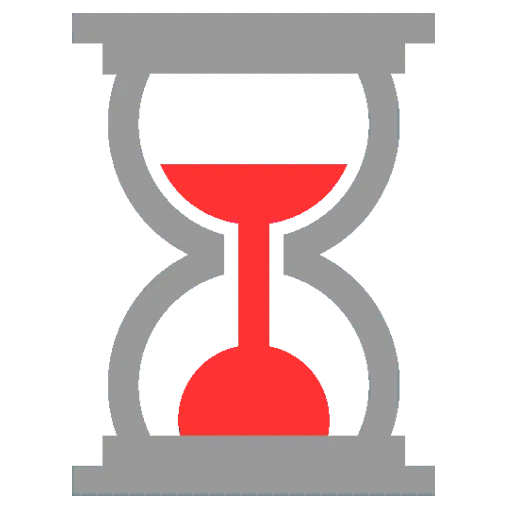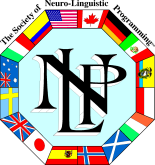
- The Present, or Now
- The Past
- The Future
The Present, or Now
To start with the Present now, we learn that we apply knowledge we learnt in the Past, presently now. If we travel back to the Past in our mind we conclude that we learnt for example walking around the age of one. One brilliant example about this learning to walk is, is that we never gave up in making it perfect. Some people just learnt to walk, other people learnt to walk very elegant and ended up somehow on a catwalk. Even other people learnt to run very fast, an advanced way of walking and they programmed themselves in such a way, their past learnt them to maintain a state, that they can run a marathon.
So concluding in all the positive ways about the past, is that we can say that we stack all kinds of learnings from the past, into the reality Now to enable us to evolve even more and learn and adopt new learnings in the now by correlating similar events towards what happens in the Now. NLP Meta Program Time
The Past
But there is something else about the past; When, in the past, we learnt something that had a dramatic or emotional impact on us, we learnt to stick with that specific learning as well we kept the emotion attached to that specific learning. Consider this: When you were in school, remember a time where you first got your results back from the teacher. Instead of taking a green pen and telling you how much you have been doing good (or even great), they took a red pen and told you what you done wrong.
Here is one of the starting points where our environment told us to stick to the negative instead of the positive. The moment you red those results back, your mind went “I Should have done this, I should have done that”, and before you know you are shooting yourself al over the place. Guilt is created, stacked to the learning and being taken forth into your life. Senseless as we know as NLP Practitioners.
The Future
Therefor enough about the past presently, lets move to zoom in to the present future now. In NLP we learn all kind of things to make our future big bright and bold, to see what you see, to hear what you hear and to feel how great it feels. First we recognize and agree upon that there is something about the future that is called anxiety. Anxiety is a special process. It is formed out of the unknown and or out of the learnings we had from the past with somewhat or somehow negative emotions still attached to it we project towards the future that create that feeling of Anxiety. In short: In the Past we have had learnings and somewhere emotions, that we utilize Now to have anxiety for the Future. NLP Meta Program Time
Now how to identify the NLP Meta Program Time?
Remember one thing about Time and in specific the time that Past away. The best thing about the past is that it is over. As NLP Practitioners or NLP Master Practitioners we learn to set clear goals towards the future. Utilizing the Meta Program Time as an NLP Practitioner is simple. Just scan for the tense, past/present/future used by your client. It provides you information on how your client processes the things that matter to him or her. Of course you scan for all the other skills you have learnt. Now you start to read body language, eye accessing clues (as I like to call them). As a result, package the information so you can provide the best suggestions possible to enhance your client’s life. NLP Meta Program Time
As the last part of this informational page, some hand-vests to handle Guilt and Anxiety with a client. Because the information is high-level, so you have to work it to something you can utilize with a client in a trance or some conversational hypnosis:
Example for Guilt (Past, Resources):
- Elicit a good feeling
- Anchor, Test Anchor, (Enhance Anchor, Sliding Anchor)
- Start your Induction
- First you start with a light trance
- Next you deepen the trance
- Consequently you setup finger signals when needed.
- Timeline. Float above your timeline; anchor the present by using a marker (flag, silver chord)
- Go back to the first or the best experience of guilt
- Go just before the guilt and remember a good feeling
- Experience the guilt one more time (movie theatre, reverse play of movie third person, black and white, funny music)
- Since you have not done this yet, has the feeling disappeared, or is it totally gone. Based on what you know now, how will you have made the decision differently back then now.
- Now, take all you have learnt with you and float back to the beginning of time and notice how all the events are beginning to change, aren’t they? I want you to notice how each and every event and feelings you have experienced that were connected to this decision begin to change, aren’t they?
- As you continue to float towards the present time, I want you to notice, how each and every event and feelings are continuing to change. When you come to the present moment notice how each and every feeling and all events that were connected to this feeling have changed, haven’t they?
- Float back to the present (flag etc)
- See how everything is changed.
- Break the state (i.e. what is your telephone number in reverse?)
- Test; Can you remember any event in the past where you used to be able to feel that old emotion, and go back and notice if you can feel it , or you may find that you cannot. (Test until Client Convinced)
Example for Anxiety (Future, decision)
- Timeline. Float above your timeline, anchor the present by using a flag or something useful
- Go to the first or the best experience of anxiety
- Go just after the anxiety and remember a good feeling
- Anchor the good feeling
- Experience the anxiety one more time (movie theatre, reverse play of movie third person, black and white, funny music)
- Since you have not done this yet, has the feeling disappeared, or is it totally gone. Because based on what you know now, how will you have made the decision differently back then now.
- Now, take all you have learnt with you and float back to the beginning of time and notice how all the events are beginning to change, aren’t they? I want you to notice how each and every event and feelings you have experienced that were connected to this decision begin to change, aren’t they?
- As you continue to float towards the present time, I want you to notice, how each and every event and feelings are continuing to change. When you come to the present moment notice how each and every feeling and all events that were connected to this feeling have changed.
- Float back to the present (flag etc)
- Break the state (i.e. Did you fart? Or make a joke of some kind)
- Finally, see how everything is changed.
Have fun working with time to enhance you clients life, or maybe even your own life. It is worth to invest in a big, bright and bold now towards the future. We have places to go and people to be. Remember to come back often as we update these pages about NLP Meta Programs often with the latest and most recent information and discoveries. NLP Meta Program Time
About Mind Tools
Mind Tools provides NLP Practitioner and NLP Master Practitioner Trainings and Certifications. We educate you according to the renowned, latest and highest standards set by the Society of NLP. We will train you thoroughly in all the corners of Neuro-Linguistic Programming and some extras we learned from Richard Bandler directly.
- Mind Tools Co., Ltd.
- NLP Meta Program Time


